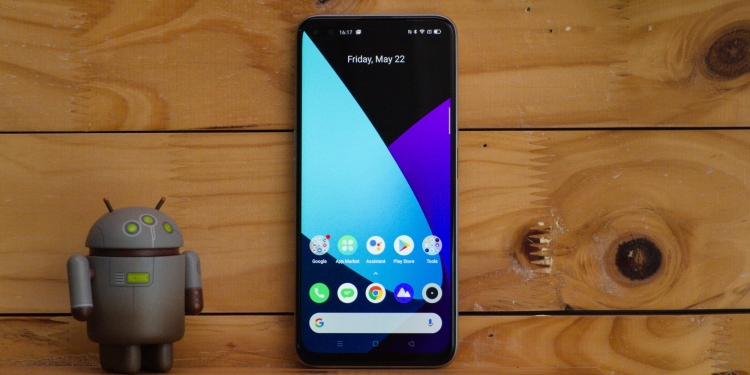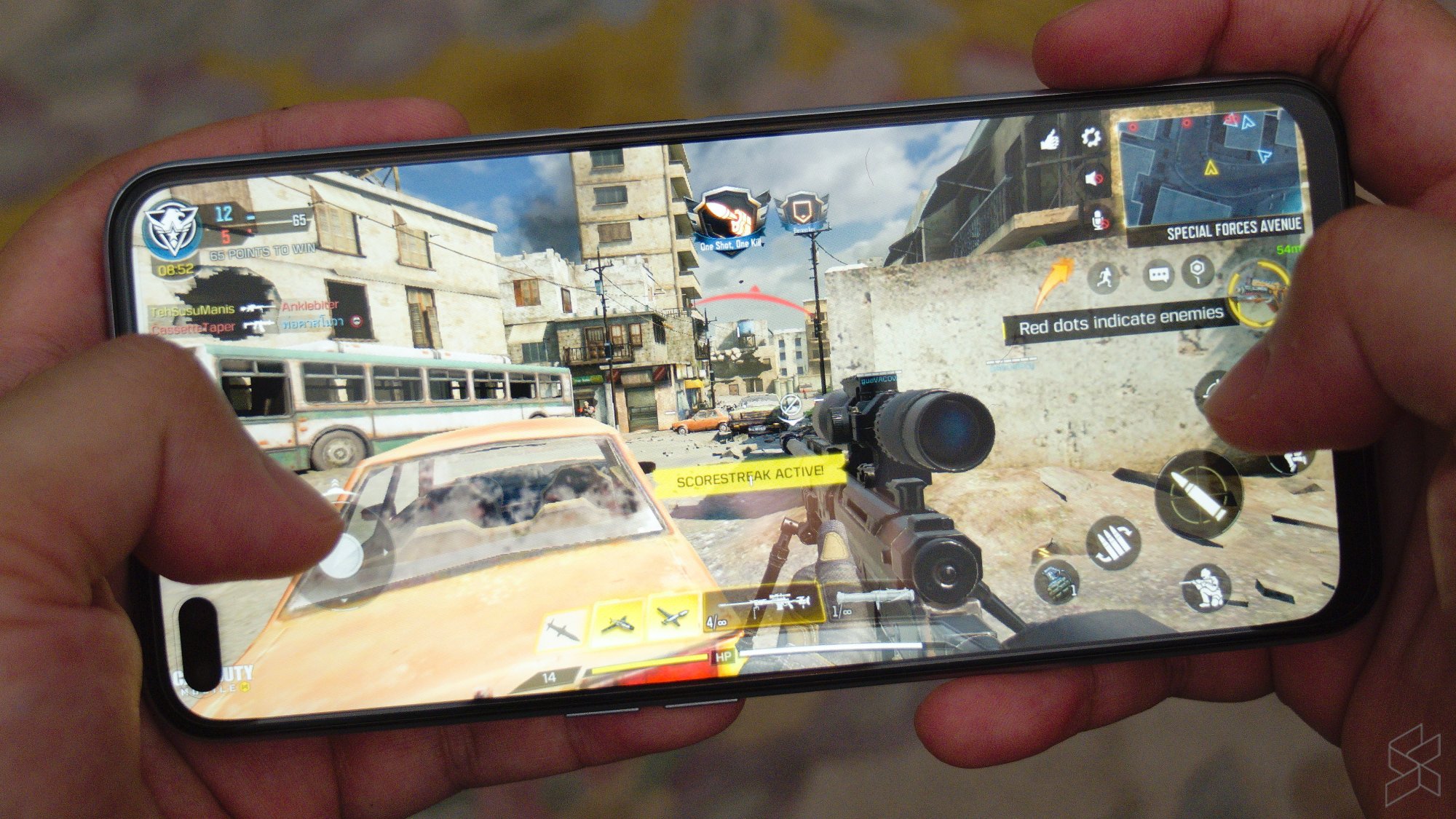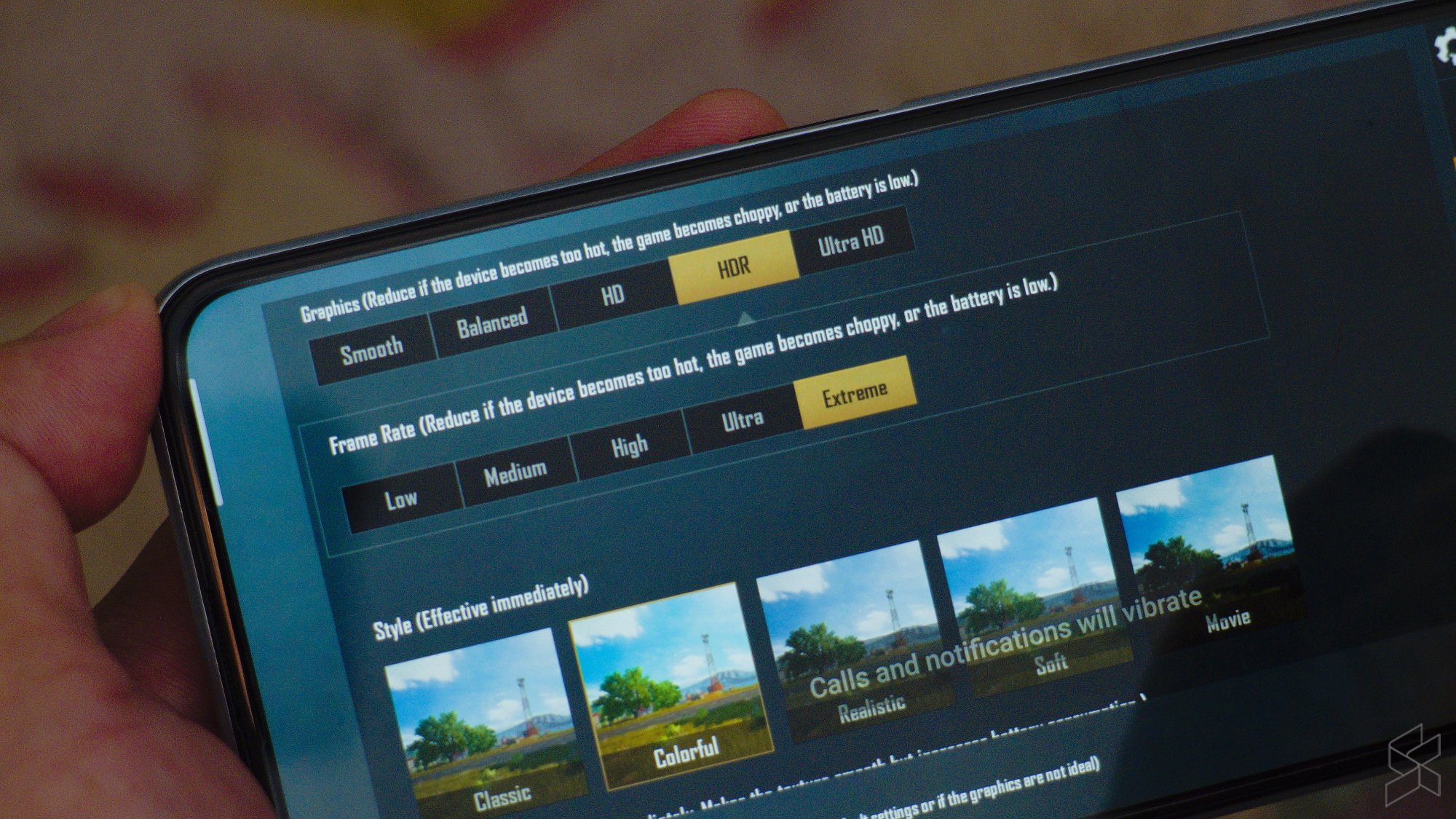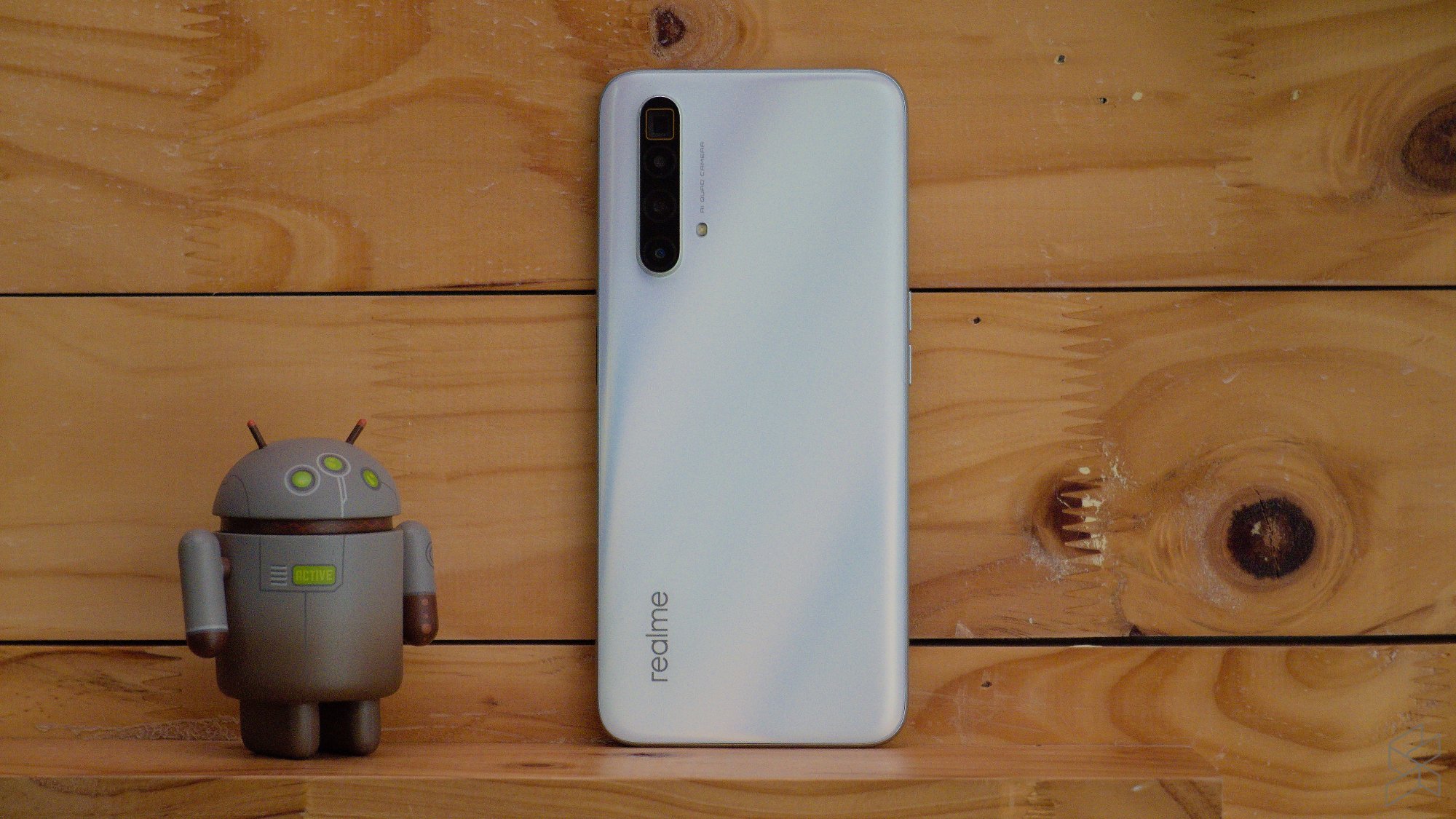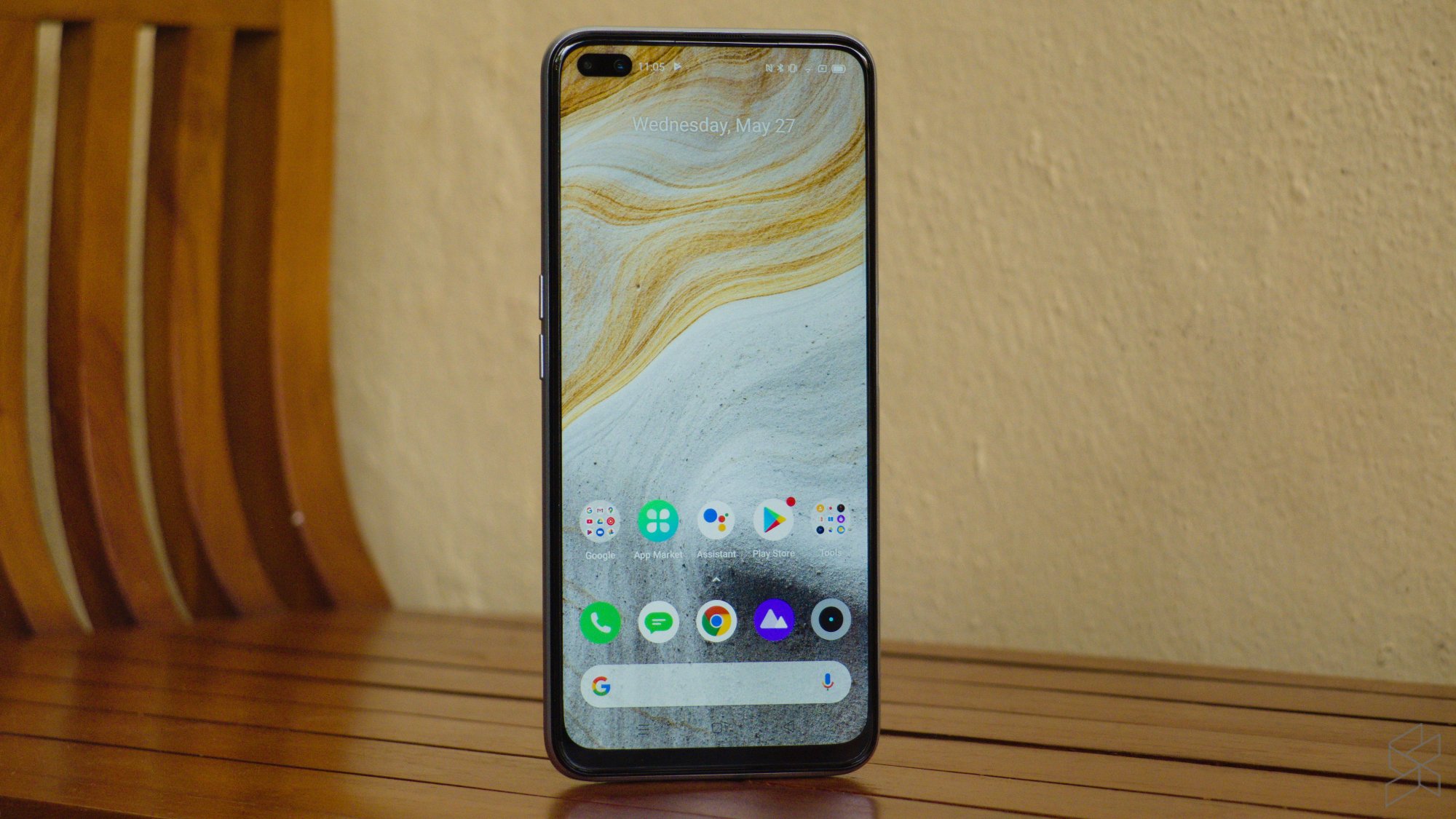This post is brought to you by realme.
Something that has been all the rage in 2020 has been the prevalence of high refresh rate displays in mobile devices. High refresh rates, for some context, have always been a big part of gaming-centric monitors, but we never really saw them on smartphones up till fairly recently.
However, smartphone-makers have seen the benefits of such displays for their products in recent times—although not every high refresh rate is the same. Most conventional smartphone displays have 60Hz refresh rates, and anything above that is considered to be a high refresh rate display.
The golden standard in the smartphone market right now? 120Hz.
The premium realme X3 SuperZoom is being launched in Malaysia, and impressive specs include 60X Hybrid Zoom, a flagship-class Snapdragon 855+ processor, NFC support, and an impressive camera setup. But one of the headlining features is undoubtedly that display.
A 6.6-inch 120Hz Ultra Smooth Display is arguably on par with some of the best in the market in terms of refresh rate; realme says that a combination of a large display and a great screen-to-body ratio makes for a “supreme visual experience”.
Wait, how does a 120Hz refresh rate help?
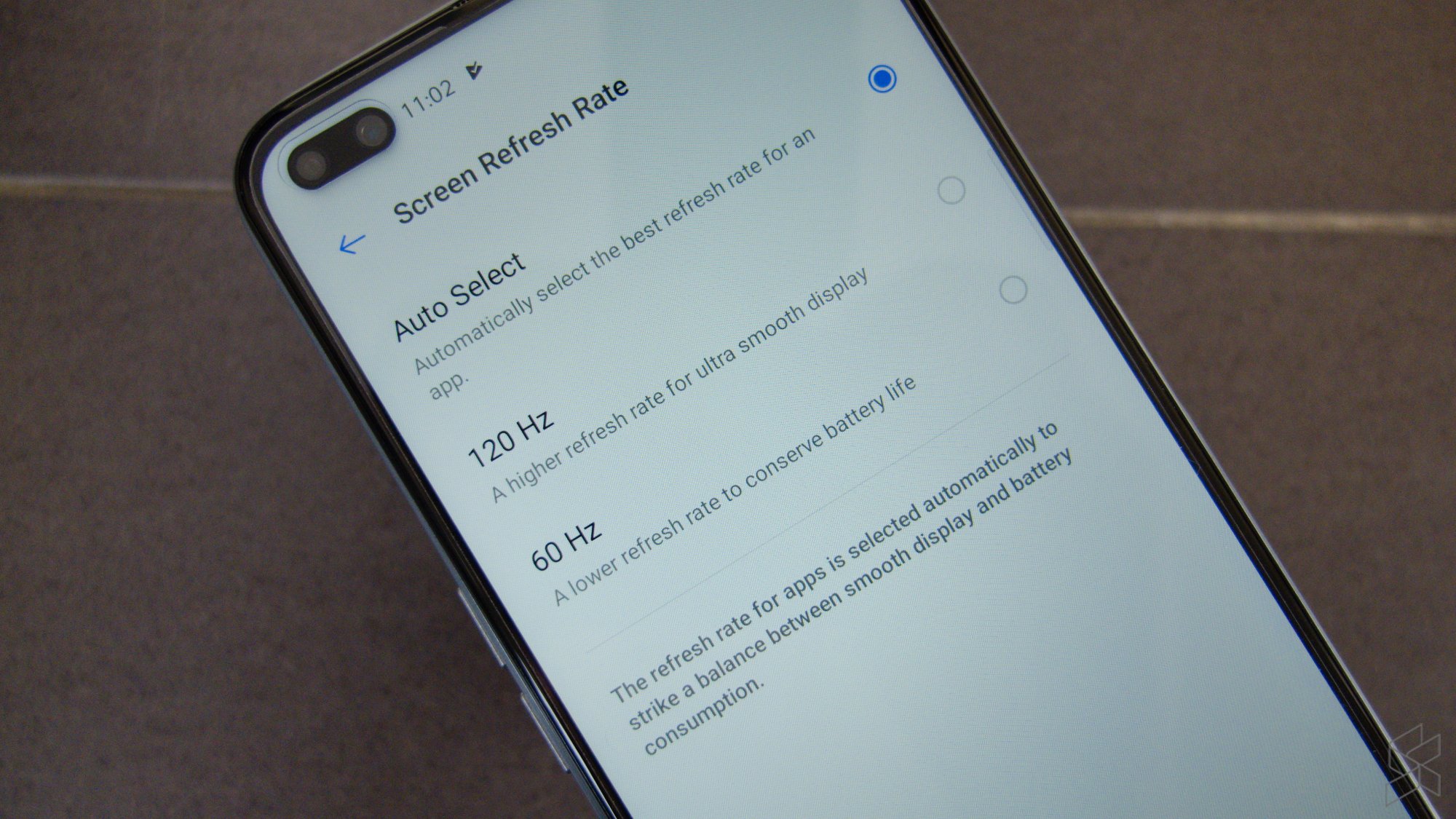
To really understand what makes the realme X3 SuperZoom’s 120Hz display such a big deal, you need to understand how refresh rates work. The refresh rate of a display basically is the number of times that the contents of your screen is refreshed—generally, the higher the rate, the smoother your experience.
And with something like the realme X3 SuperZoom’s 120Hz display, the upgrade is significant. In fact, even simple tasks like swiping through your menus or scrolling down a webpage can feel perceptively smoother, and this results in a seamless visual experience. Plus, if you use apps that have a lot of graphical motion or animations, the difference is even more noticeable.
Now, as mentioned earlier, anything above 60Hz is generally considered to be a high refresh rate for a smartphone display. 90Hz displays are becoming more widely available, but the highest refresh rate for mobile displays in the market is undoubtedly 120Hz. This fact means that the smoothness of the realme X3 SuperZoom’s display sits among the best in the market.
Does it make you a better gamer?
Not quite. But a high refresh rate display certainly makes a big difference for mobile gamers. The huge strides made in the mobile technology industry mean that mobile gaming is now a legitimate, hugely popular genre of esports—and of course, a gamer is only as good as his/her gear.
Displays that refresh at a higher rate in a certain time frame offer lower visual latency, and gameplay in general should be a smoother experience. Think about it this way: a 60Hz display refreshes sixty times per second, while a 90Hz display refreshes ninety times a second. And with the realme X3 SuperZoom’s 120Hz display, you double the refresh rate of a conventional 60Hz display.
This translates to a markedly better experience for gamers—in fact, serious PC gamers have been almost exclusively using high refresh rate displays for years now. And with devices like the realme X3 SuperZoom, that technology is now available on smaller, compact, mobile devices.
realme X3 SuperZoom
All of that certainly makes a strong case for the realme X3 SuperZoom, which has just been launched in Malaysia. At a starting price of RM1,999, you’re getting a 120Hz Ultra Smooth Display, which offers users a seamless and smooth visual experience in all aspects.
You get a 6.6-inch 120Hz Ultra Smooth Display with a tall 20:9 aspect ratio, and the display pushes a Full HD+ resolution of 2400×1080 pixels. Something else to add to the visual experience is the 90.5% screen-to-body ratio, which has a peak brightness of 480 nits. For some peace of mind, the display is protected by Corning Gorilla Glass 5 for better durability.
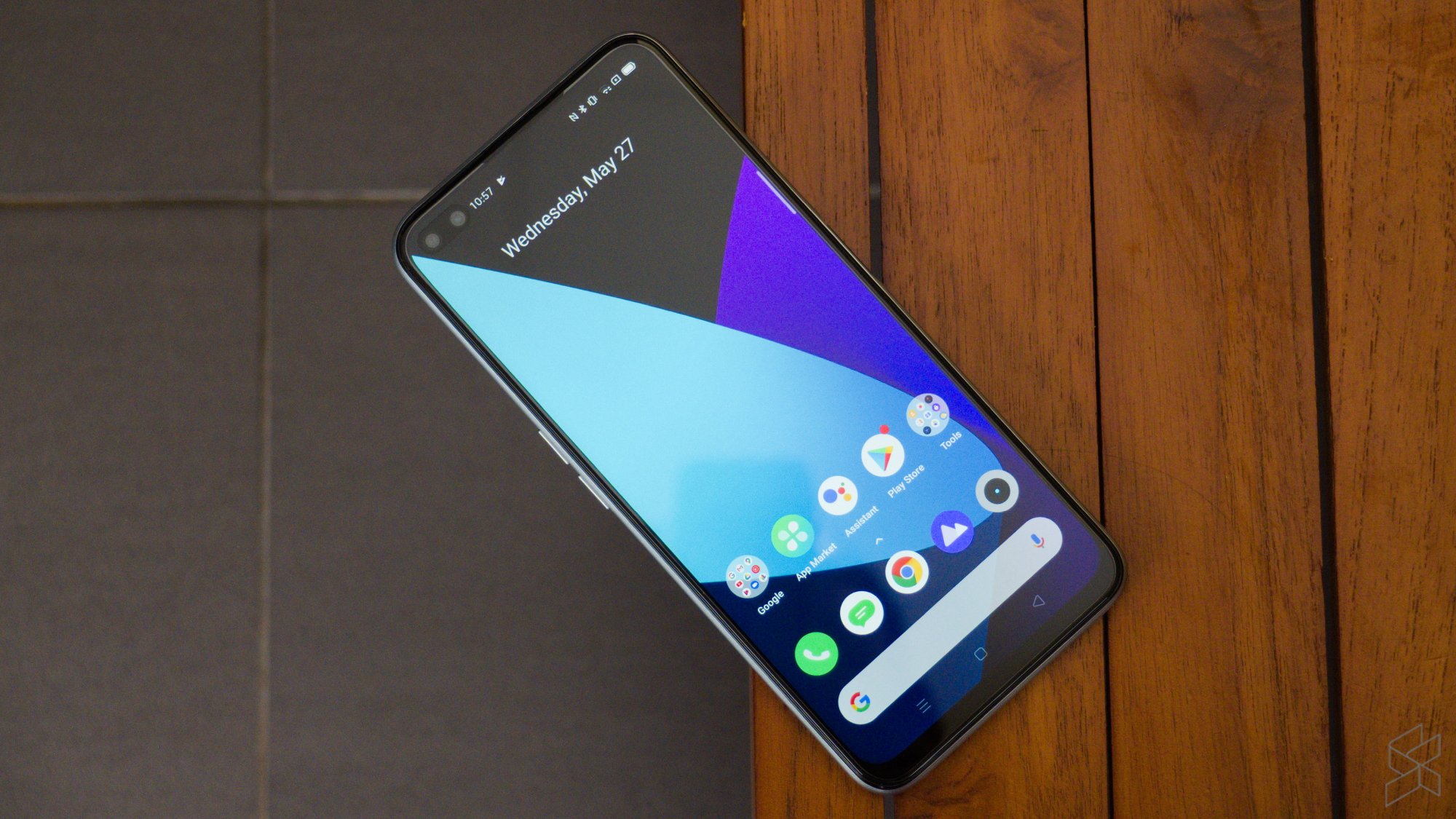
The display also features a feature that could come in handy for heavy mobile users out there: Eye Protection. In a nutshell, this feature raises the colour temperature of the screen to reduce the amount of blue light radiation, helping to avoid strained eyes when spending long hours gaming (or browsing).
According to realme, the OSIE Vision Effect also improves the clarity and colour intensity of the realme X3 SuperZoom’s display. This works with Artificial Intelligence (AI) technology that tracks the eye movements of the user, to help create a better experience when using the display.
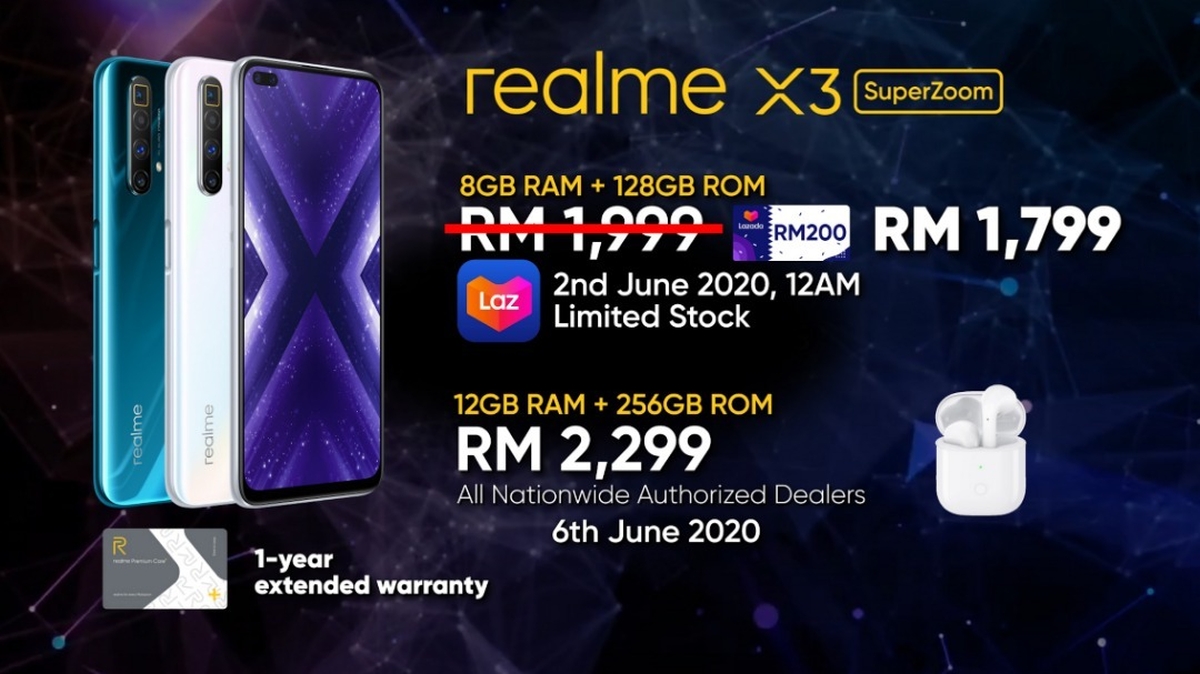
The realme X3 SuperZoom is now available in Malaysia, at retail prices of RM1,999 and RM2,299 for the two variants respectively. Meanwhile, you can take advantage of a Lazada promo where you can pick up the realme X3 SuperZoom for RM1,799 on the 2nd of June 2020 while stocks last. If you’re keen to find out more, click here for realme Malaysia’s Facebook page.

